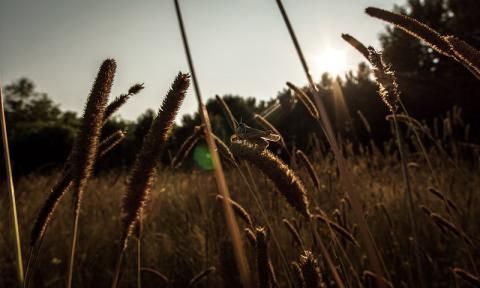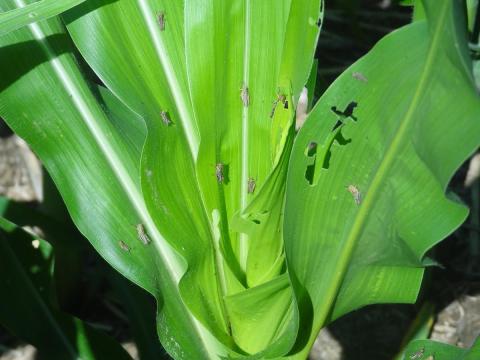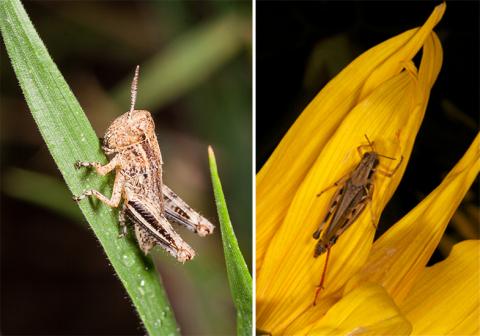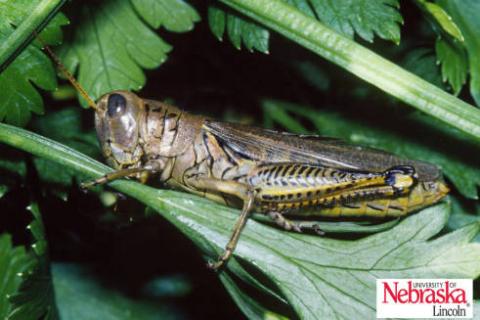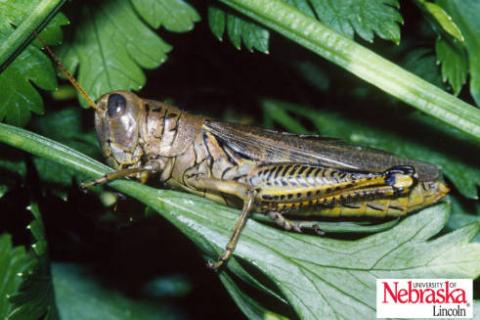Pasture and Forage Minute: Harvesting Drought-stressed Corn and Milo, Controlling Grasshoppers
August 2, 2022
Considerations for harvesting drought-stressed corn or milo, grasshopper control in pastures and rangeland, and taking inventory of fall/winter feed and hay.
Pasture and Forage Minute: Grasshopper Control, Safe Grazing Guidelines And Blue-green Algae Poisoning
July 13, 2022
Tips for effective control of grasshoppers in alfalfa, prussic acid poisoning from summer annual forages and blue-green algae in livestock water.
Continued Good News for Grasshopper Risk on Rangeland
February 10, 2022
Based on fall adult surveys conducted by USDA-APHIS, the risk of grasshopper infestation in Nebraska rangelands will be low in 2022, with slightly higher risk in southwestern Nebraska.
Pasture and Forage Minute: Grazing in the Dog Days of Summer, Grasshopper Tips and Silage Storage Strategies
July 28, 2021
Extension educators discuss management strategies for heat stressed forage plants and grasshoppers in alfalfa, and getting prepped for corn silage harvest this fall.
Grasshoppers Return ― It’s Time to Scout Field Borders
June 27, 2023
If the grasshopper species currently invading field borders are one of the four major species that are likely to infest cropland, control may be warranted if high numbers are present.
Controlling Grasshoppers in Winter Wheat in the Fall
August 29, 2018
Grasshopper populations may decline in late summer, but remain significant enough to cause serious damage to emerging wheat. Monitor densities in field borders before and after planting.
Grasshopper Control Most Effective Early Season
June 12, 2018
Heavy populations of immature grasshoppers were found in field borders in south central Nebraska corn fields this week. Scout and if numbers warrant, treat now when they're small and concentrated in borders. See story for identification tips, treatment thresholds, and control recommendations.
They're Back ... Time to Scout Field Borders for Grasshoppers
June 22, 2017
Populations of immature grasshoppers have been reported in areas bordering crop fields. If you're seeing one of the four species that harm cropland noted here, control may be warranted. Treatment is most effective when grasshoppers are small and still contained in field borders.
